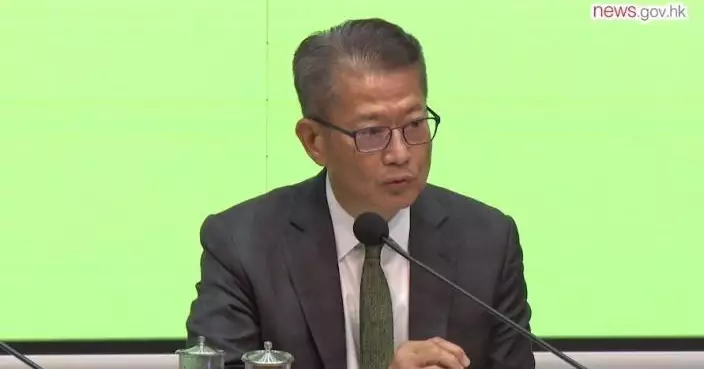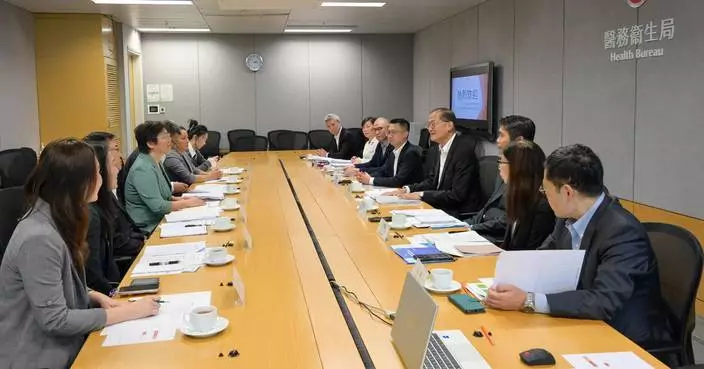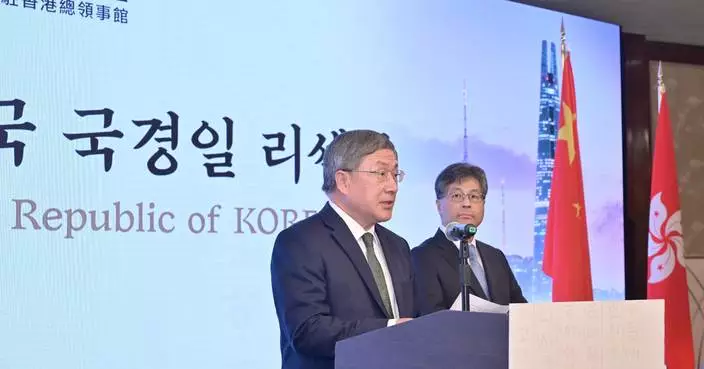HKMA introduces multiple measures to support SMEs' development, upgrade and transformation
The following is issued on behalf of the Hong Kong Monetary Authority:
The Hong Kong Monetary Authority (HKMA), together with the banking sector, introduced multiple measures today (October 18) to further support, through financing as well as banking products and services, the continuous development of small and medium-sized enterprises (SMEs) and assist them in expanding new businesses and markets.
Since the launch of the nine SME support measures by the HKMA and the Banking Sector SME Lending Coordination Mechanism (Mechanism) in March this year, a total of around 20 000 SMEs have benefitted from the measures, involving an aggregate credit limit of over HK$44 billion. The HKMA has also been deepening its understanding of the challenges and needs faced by SMEs of different sectors through various channels and platforms, including the Taskforce on SME Lending (Taskforce) which was established in August this year, and engagement sessions with over 50 trade associations and their members from different industry sectors.
While Hong Kong is currently undergoing economic transformation, the HKMA and the banking sector are aware of the needs of SMEs to strive for change and adapt to changes in the market and business operating environment. Taking into account the views of the commercial sector, the HKMA and the banking sector will roll out the following five measures to assist SMEs' continuous development, upgrade and transformation, and enhance their competitiveness and productivity to cope with various operational challenges:
1. Release of bank capital to facilitate the financing needs of SMEs: The HKMA lowered the countercyclical capital buffer (CCyB) ratio from 1 per cent to 0.5 per cent, and will allow banks to early adopt the preferential treatments for SME exposures under the Basel III capital framework. These policies will release bank capital and thereby enable banks to make use of the additional capital to facilitate the financing needs of SMEs.
2. Set aside dedicated funds to support SMEs: The 16 banks that are active in SME lending have set aside a total of over HK$370 billion of dedicated funds for SMEs in their loan portfolio. The funds will allow SME customers to access necessary financing for coping with the evolving business environment. The banks will regularly review and consider scaling up the size of their dedicated funds in response to SMEs' needs and development.
3. Launch more credit products and services to assist SMEs' transformation: Banks will launch more credit products and services to meet the transformation needs of SMEs. Examples include pre-approved credit limits, unsecured loans, cross-border loans, and loans with flexible repayment periods.
4. Increase the partial principal repayment options: When an orderly exit from the banking sector's Pre-approved Principal Payment Holiday Scheme commenced in July 2023, the Mechanism introduced enhanced measures to assist corporates' gradual return to normal repayment. Since some customers' partial principal repayment arrangements will expire in early 2025, banks will be accommodative and consider offering more flexible repayment arrangements to help these customers to address challenges encountered during economic transformation. Such arrangements include, for instance, extending the duration of partial principal repayment, offering more options on the proportion and duration of partial principal repayment, or even offering principal moratorium, subject to prudent risk-management principles. The above-mentioned arrangements are also applicable to taxi loans, public light bus loans and commercial vehicle loans taken out by personal customers.
5.Devote sufficient manpower and resources to implement the enhancements to SME Financing Guarantee Scheme as soon as possible: Banks will allocate adequate resources to process applications and work closely with HKMC Insurance Limited to implement as soon as possible the principal moratorium and other enhanced measures under the SME Financing Guarantee Scheme.
The HKMA will continue to understand the SME-related business strategies of banks, and maintain close communication with the commercial sectors through the Mechanism and the Taskforce. Seminars and other activities will be organised to promote the SME services, products and schemes offered by the banking sector in the concerted efforts to assist the continuous development, upgrade and transformation of SMEs.
Background
The Banking Sector SME Lending Coordination Mechanism
The Banking Sector SME Lending Coordination Mechanism was established by the HKMA in October 2019. Participants include 11 banks (Note 1)that are most active in SME lending, the Hong Kong Association of Banks (HKAB) and the HKMC Insurance Limited. During the pandemic, the Mechanism rolled out several rounds of relief measures for corporates, including the Pre-approved Principal Payment Holiday Scheme. In March 2024, the HKMA, together with the Mechanism, launched nine measures to assist SMEs in obtaining bank financing and to support their continuous development.
The Taskforce on SME Lending
The Taskforce on SME Lending was jointly established by the HKMA and HKAB in August 2024. Participants include representatives of the HKMA, HKAB and 16 banks (Note 2)that are active in SME lending. The Taskforce aims to further strengthen the related work for supporting SMEs in obtaining bank financing at both the individual case and the industry levels. Participating banks of the Taskforce have stated that they would ensure the ongoing effective implementation of the nine SME support measures that were launched previously, and indicated that they had not changed and would not change their risk appetite towards SME financing and related credit approval standards. The participating banks would also strive to treat customers fairly and communicate with customers in an accommodative manner.
Note 1: Bank of China (Hong Kong), Bank of East Asia, China Construction Bank (Asia), Citibank, Dah Sing Bank, DBS Bank (Hong Kong), Hang Seng Bank, The Hongkong and Shanghai Banking Corporation, Industrial and Commercial Bank of China (Asia), OCBC Bank (Hong Kong), and Standard Chartered Bank (Hong Kong).
Note 2: Including the 11 banks participating in the Mechanism, and Bank of Communications (Hong Kong), China CITIC International, Fusion Bank, Nanyang Commercial Bank and PAO Bank.








